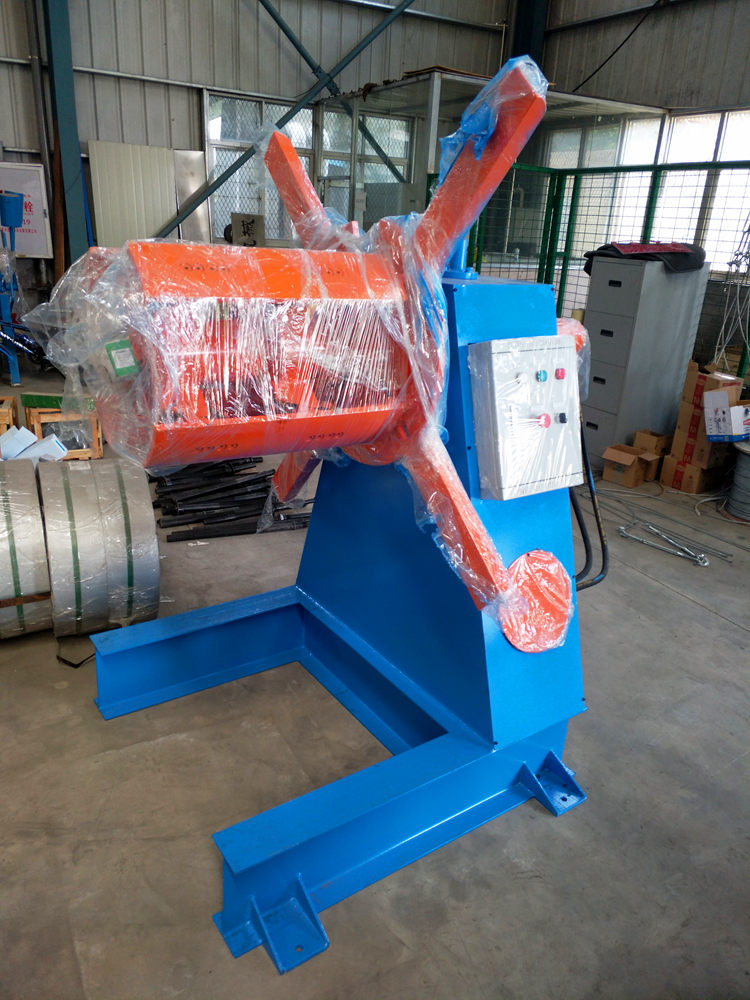
The Importance of Cold Bending Machines in Noise Barrier Production
Noise pollution is a pressing issue in modern urban environments, leading to increased attention to sound barriers as effective solutions for noise reduction. Among the technologies that facilitate the production of these barriers, cold bending machines play a crucial role. These machines enable manufacturers to create a variety of structural shapes and components necessary for constructing durable and effective noise reduction barriers. In this article, we will explore the significance of cold bending machines in the production of noise barriers, their operation, advantages, and the impact they have on reducing noise pollution.
Understanding Cold Bending Machines
Cold bending machines are specialized pieces of equipment designed to bend and shape metal materials without the application of heat. This method, known as cold forming, is highly efficient and precise, making it ideal for creating the various profiles needed for noise barriers. The machines can manipulate different types of materials, including steel and aluminum, to produce sections that will ultimately form part of a noise barrier system.
These machines work by using high-powered rollers or dies that apply pressure to the metal. By controlling the amount of pressure and the shape of the dies, manufacturers can achieve specific angles and curves that conform to design specifications. Cold bending is particularly advantageous because it avoids the wear and tear associated with heat treatment, resulting in less distortion of the material and maintaining the integrity of its mechanical properties.
Advantages of Cold Bending in Noise Barrier Manufacturing
1. Cost-Effectiveness Cold bending processes are more economical than traditional methods that involve heating materials. By eliminating the need for heat treatment, manufacturers can reduce energy costs and shorten production times, leading to lower overall expenses.
2. Material Properties Cold bending enhances the strength and durability of metal components. The process work-hardens the material, making the resulting sections more resilient against environmental stressors. This is particularly relevant for noise barriers, which must withstand harsh weather conditions and physical stresses over time.

3. Precision The high level of accuracy offered by cold bending machines ensures that components fit together seamlessly during installation. This precision eliminates gaps and imperfections that could otherwise compromise the barrier's effectiveness, allowing for a tighter seal against noise infiltration.
4. Versatility Cold bending machines are capable of creating various shapes and profiles, allowing for versatile designs tailored to specific project needs. Whether it’s straight panels or intricate curves, these machines can adapt to the requirements of different noise barrier designs, catering to both aesthetic and functional considerations.
The Role of Noise Barriers in Urban Environments
Noise barriers serve as essential infrastructure in urban areas, where traffic, construction, and other activities contribute to elevated noise levels. By strategically placing these barriers, cities and towns can create quieter environments, thus enhancing the quality of life for residents.
The development of highly effective noise barriers hinges on sophisticated manufacturing techniques, and cold bending machines are at the forefront of this evolution. The ability to create customized, precision-engineered metal components leads to structures that provide superior noise attenuation.
Additionally, these barriers contribute to public health and well-being, reducing stress associated with prolonged exposure to noise pollution. They also have economic benefits, as quieter environments can increase property values and make areas more attractive to businesses and tourists.
Conclusion
In summary, cold bending machines are vital tools in the production of noise barriers, offering numerous advantages in terms of cost, material integrity, precision, and design versatility. As cities continue to grow and the challenges posed by noise pollution intensify, the integration of advanced manufacturing technologies will be increasingly important in developing effective noise control solutions. By leveraging the capabilities of cold bending machines, manufacturers can contribute significantly to creating a more harmonious and quieter urban landscape, benefiting communities for years to come.